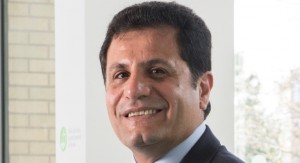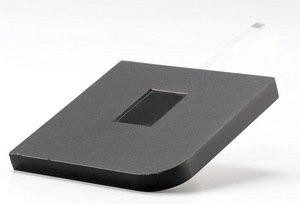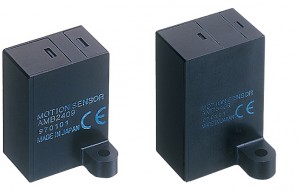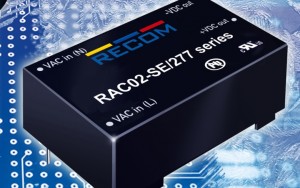Professor Rahim Tafazolli, director of the 5G Innovation Centre (5GIC), tells Electronics Weekly in an exclusive interview that it is now apparent that 5G will be a step-change in mobile technology.
“What was done in the last 30 years ending in 4G technologies was justifiable,” says Tafazolli. “But to carry on for the next 30 years in the same way is not justifiable.”
“I don’t think of it as 5th generation mobile, but the first generation of something new that combines wideband and narrow band data communications, short range and long range links all on the one network. I call it ‘connectivity’,” says Tafazolli, who heads up the 5GIC at the University of Surrey.
The 5GIC is the UK’s main research activity into the technologies needed for a roll-out of 5G mobile services in 2020.
“This will be the beginning, but work will carry on, it will evolve to 2025 and beyond,” says Tafazolli.
Whereas 4G is still essentially about connecting mobile phones and tablets more effectively. 5G will not only be concerned with mobile, but connecting to buildings, cars and even robots.
“The car industry will have a big say in the creation of 5G, this did not happen before,“ says Tafazolli.
5G mobile communications and the internet of things (IoT) are closely related in terms of technologies used and the introduction of services, says Tafazolli.
“IoT and 5G should not be put in separate silos, ideas on this are converging,” says Tafazolli.
At the moment research into 5G mobile communications technology is taking place at various centres all over the world – Europe, US, China and Japan.
But first discussions on potential global standards will start in the 3GPP standards body in September.
“Global 5G research is still taking place in isolation, but this will change. Various groups have different technology favourites, and the 3GPP standardisation discussions will start in September. I expect technology selection will start in 2016,” said Tafazolli.
And the different research groups are all competing for the prize of commercial adoption. “It is a business, and we need a return on our investment,” says Tafazolli.
The Surrey-based 5GIC already has 12 patents relating to potential 5G radio and network architecture technologies.
“We will test these on our own test-bed and we would like these technologies to be part of the standard,” says Tafazolli.
Tafazolli expects to have the technology in Surrey to demonstrate 5G transmission from mobile to network and back to mobile by 2018.
According to Tafazolli, this is creating new challenges for the mobile industry.
“Creating a technology which combines narrowband data connections used for IoT with wideband data is a huge challenge. The resulting standards will not be straight-forward,” says Tafazolli.
In the past the standards have focused on cellular communications. With 5G this will all change; it will incorporate Wi-Fi and unlicensed bands, says Tafazolli.
“Spectrum licensing will need to change, IPR (intellectual property rights) policy will need to change,” says Tafazolli.
Professor Tafazolli and his team at the 5GIC represents the UK’s attempt to be a main player in the creation of 5G technology. It has set-up its own standards activity which is chaired by a representative from operator Telefonica
“We have already contributed to the IEEE standards group and we plan to contribute to 3GPP when it starts work in September,” says Tafazolli.
The creation of the first 5G test network at the University of Surrey is the next big step. “The test -bed will allow UK companies to test technology,” says Tafazolli.
“The hope is to get the UK’s 5G ecosystem – business and technical – on the same level as the rest of the world. The mechanism is now in place and we are talking to UK firms to join and become a part of this,” says Tafazolli.






